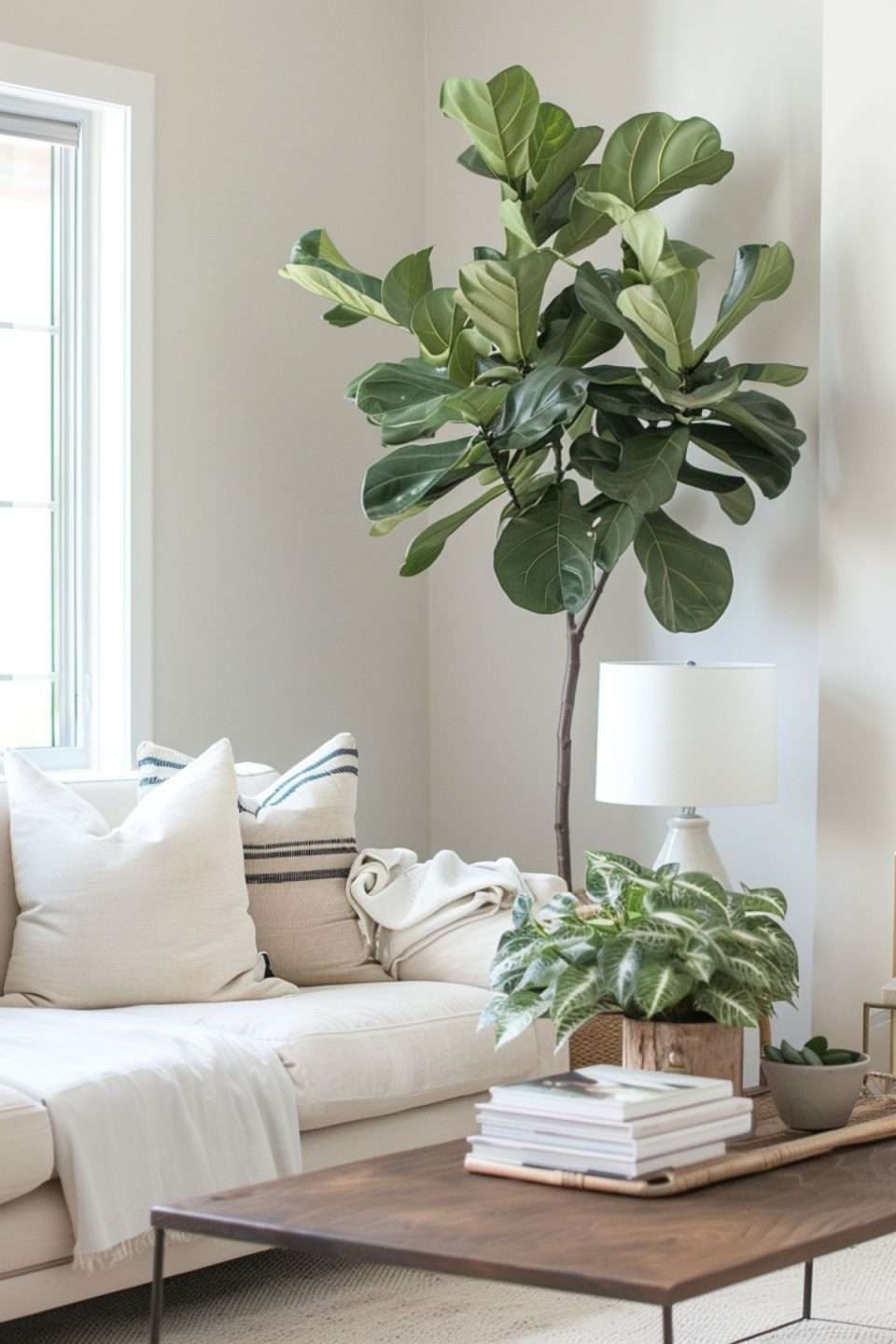Introduction
Imagine stepping into a space that feels like a serene sanctuary, where every plant complements the other in perfect harmony. Complementary foliage grouping is the art of combining different plant species to create an aesthetically pleasing and balanced environment. It's not just about beauty; it's also about creating a healthier, more vibrant living space. Whether you're a seasoned gardener or a curious beginner, mastering this technique can transform your home or office into a lush, green paradise. Let's explore some inspiring ideas to get you started on your foliage adventure!
1. Contrasting Colors for Impact
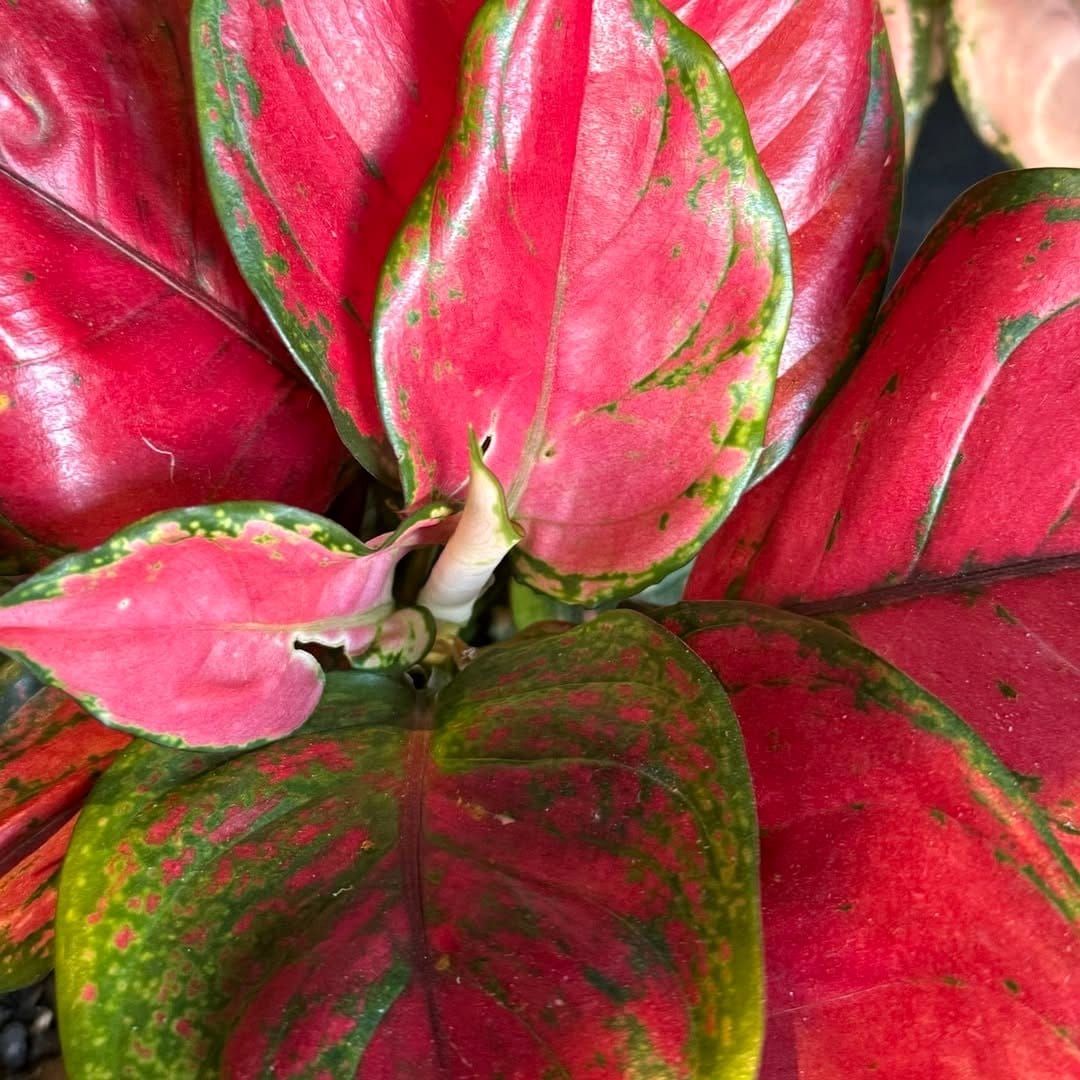
Pairing plants with contrasting colors can create a dynamic and eye-catching display. Imagine the bold red leaves of a Coleus plant next to the deep green of a Snake Plant. This contrast not only draws attention but also highlights the unique characteristics of each plant. Start small by grouping two or three plants and observe the visual impact in your space.
2. Height Variation for Depth

Using plants of varying heights adds depth and interest to any arrangement. Taller plants like Fiddle Leaf Figs can stand proudly at the back, while shorter varieties like Pothos can trail gracefully in the front. This method creates a tiered effect, making the arrangement look more dynamic and layered.
3. Textural Diversity for Intrigue
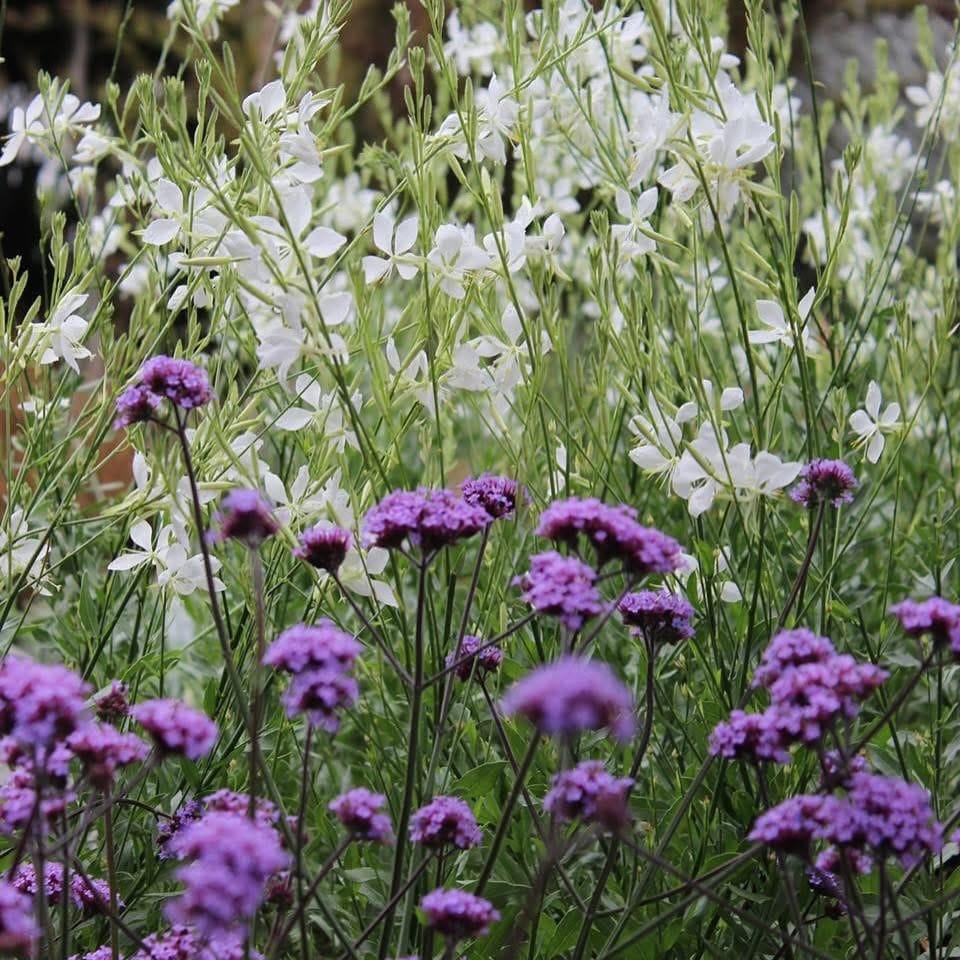
Mixing plants with different textures can create an intriguing visual display. The smooth leaves of a Peace Lily combined with the spiky fronds of a Fern can add tactile interest to your space. Texture not only enhances visual appeal but also adds an element of touch, making your plant groupings more engaging.
4. Seasonal Foliage for Year-round Interest

Incorporate plants that change with the seasons alongside evergreens for a grouping that evolves year-round. The fiery autumn hues of a Japanese Maple can complement the steady green of a Boxwood, providing continuous interest no matter the time of year.
5. Aromatic Companions for a Sensory Boost
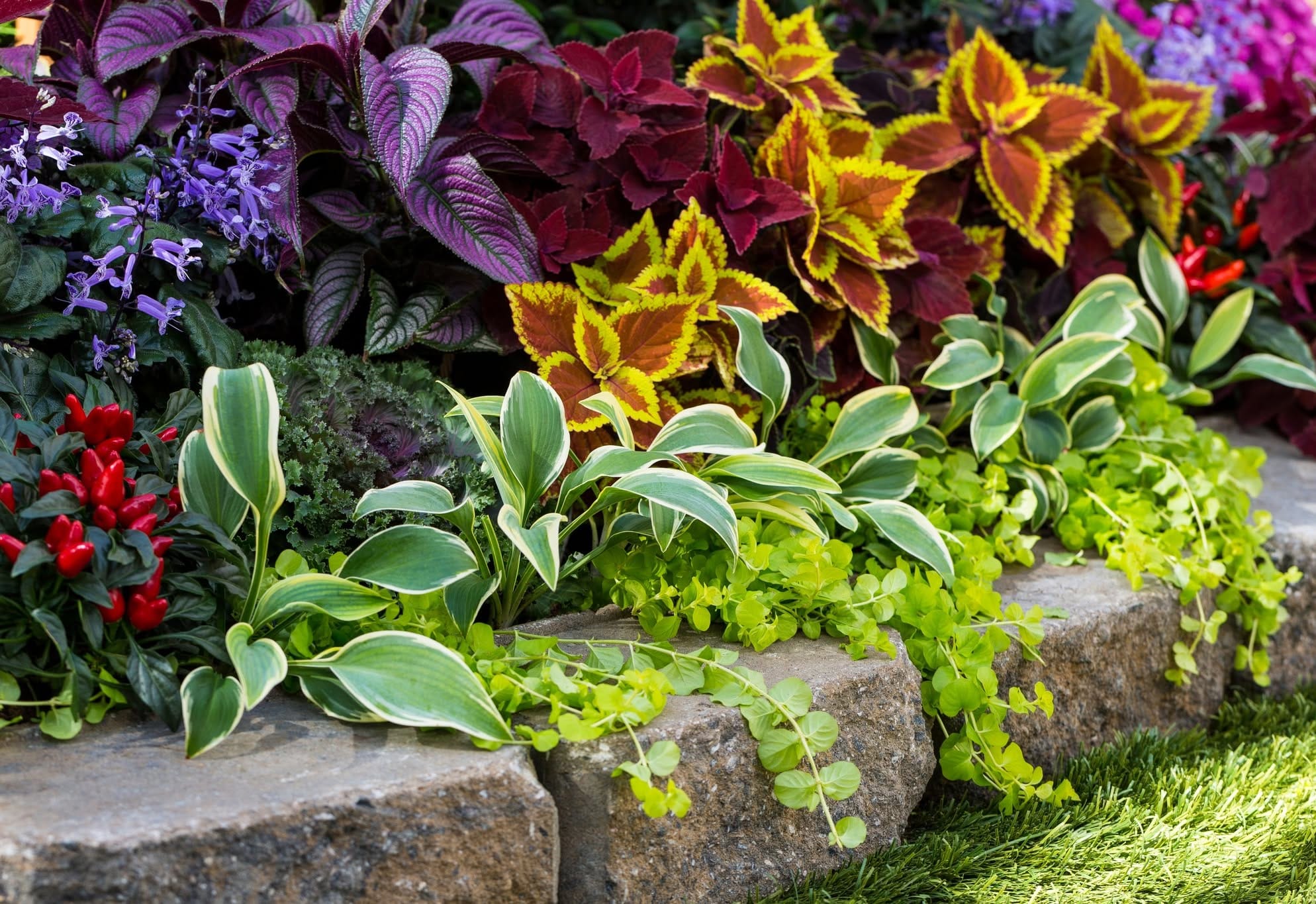
Add a sensory dimension to your foliage groupings by including aromatic plants. Lavender's soothing scent pairs beautifully with the earthy aroma of Rosemary, creating a calming atmosphere. These plants not only look great but also enhance the sensory experience of your space.
6. Low-light Tolerant Groupings

For spaces with limited natural light, choose plants that thrive in low-light conditions. The resilient ZZ Plant pairs well with the hardy Cast Iron Plant, both of which can thrive in dim corners. This ensures your foliage groupings remain lush and healthy even in less-than-ideal lighting.
7. Edible Greens for Functionality

Why not make your plant grouping functional as well as beautiful? Edible greens like Basil, Mint, and Parsley can be grouped together in a sunny kitchen window. This not only beautifies your kitchen but also provides fresh herbs for cooking.
8. Succulent and Cactus Combinations
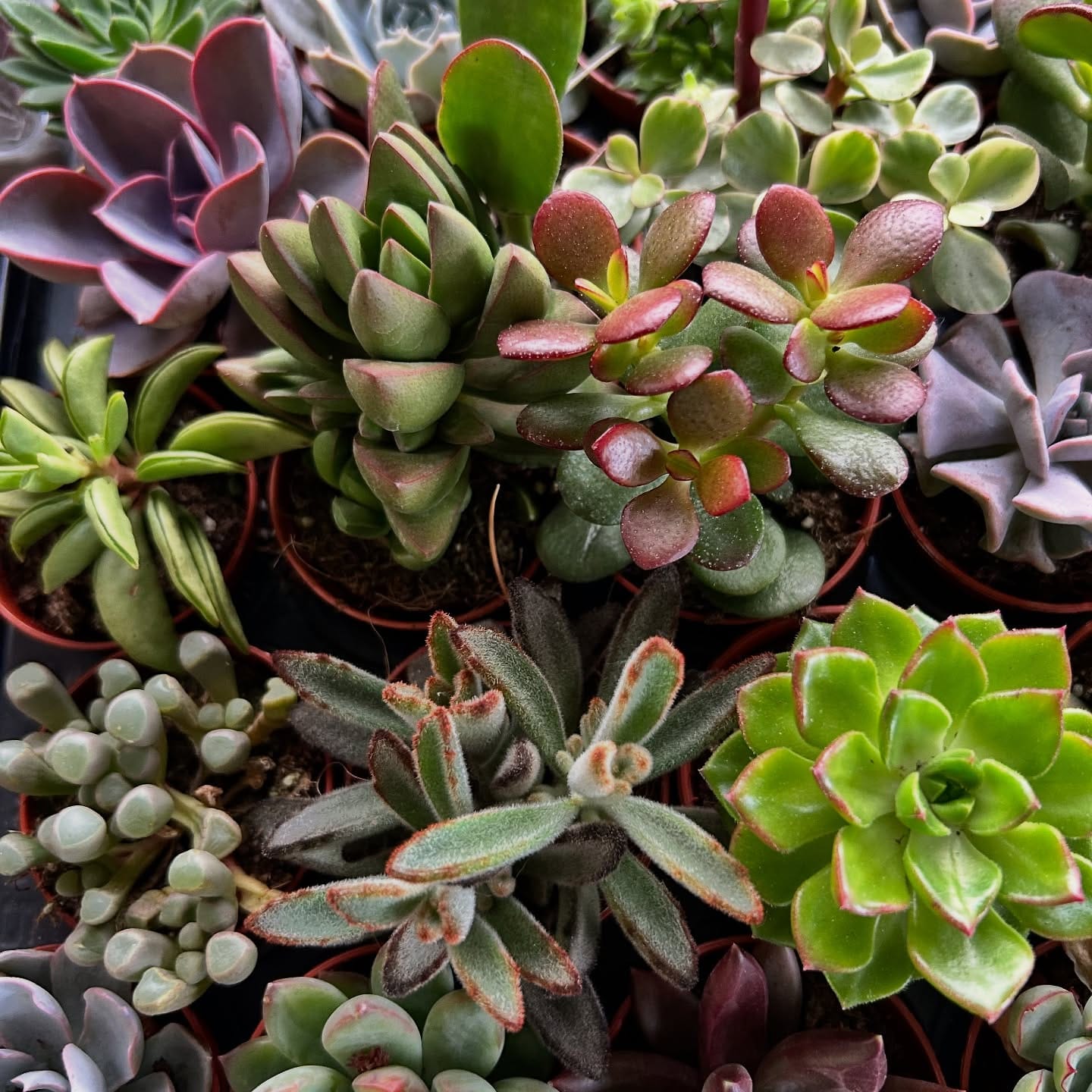
Succulents and cacti offer a wide range of shapes and sizes for creative groupings. Their low water requirements make them ideal companions. Group a selection of Echeveria, Aloe, and various cacti for a striking, low-maintenance arrangement.
9. Tropical Flair with Bold Leaves

Bring a touch of the tropics to your space with bold, large-leafed plants. The iconic Monstera leaves paired with the dramatic Bird of Paradise can make a strong statement, evoking a lush, exotic atmosphere.
10. Monochrome Magic for Simplicity
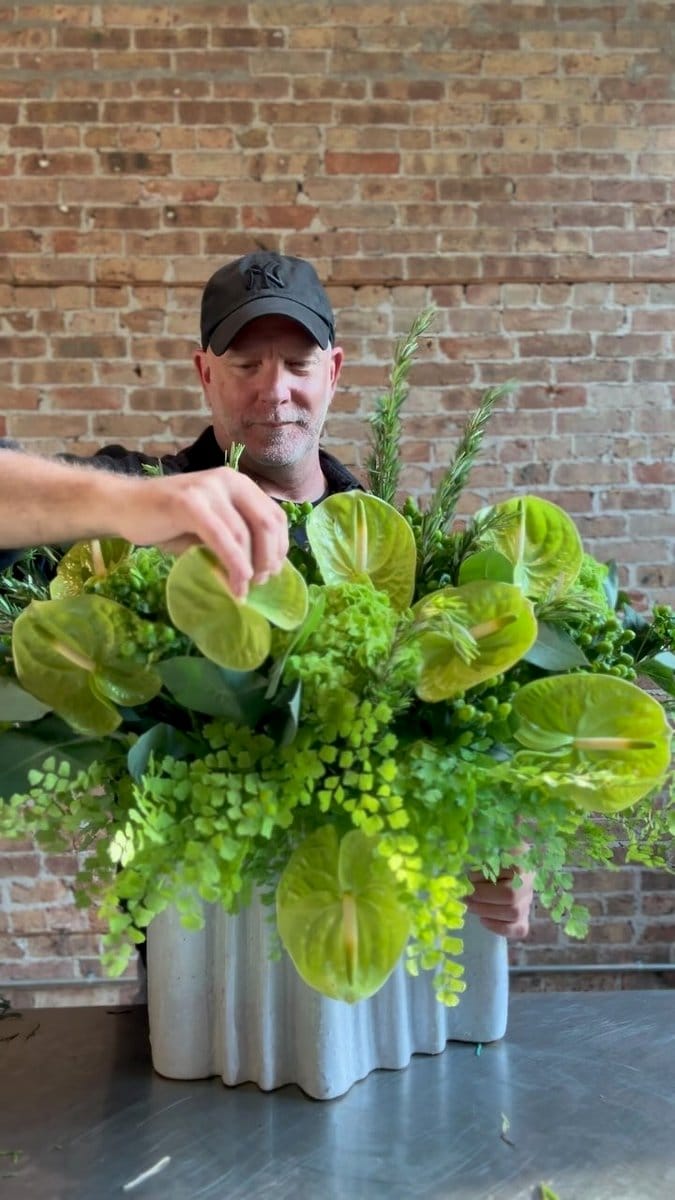
Sometimes, simplicity speaks volumes. An all-green foliage grouping can create a calming and cohesive look. Focus on varied leaf shapes and sizes to keep the arrangement interesting without introducing additional colors.
11. Hanging Baskets for Vertical Interest

Maximize vertical space by using hanging baskets. Trailing plants like Ivy or Ferns add a cascading effect, drawing the eye upward and creating a layered look. This is especially effective in smaller spaces where floor space is limited.
12. Zen Garden Vibes with Minimalist Choices
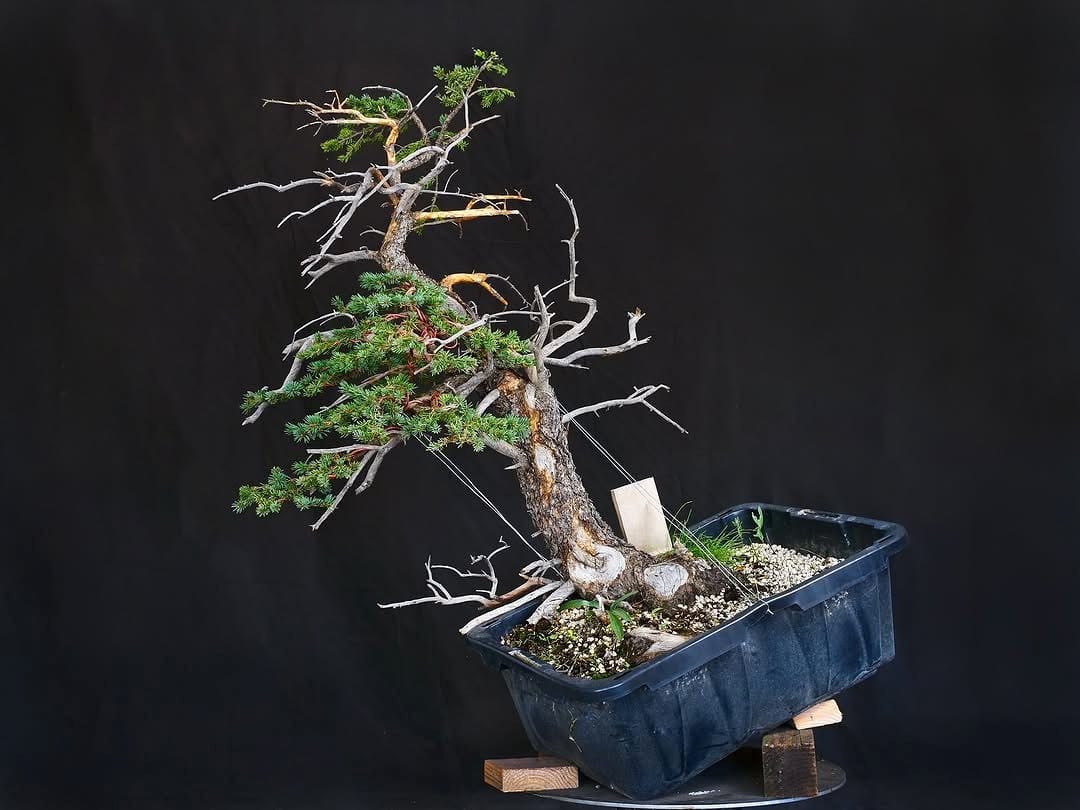
Embrace the minimalist aesthetic with a Zen-inspired plant grouping. A carefully pruned Bonsai alongside smooth stones or sand can create a peaceful and contemplative corner. This style is perfect for those who appreciate simplicity and calm.
13. Playful Patterns with Variegated Leaves
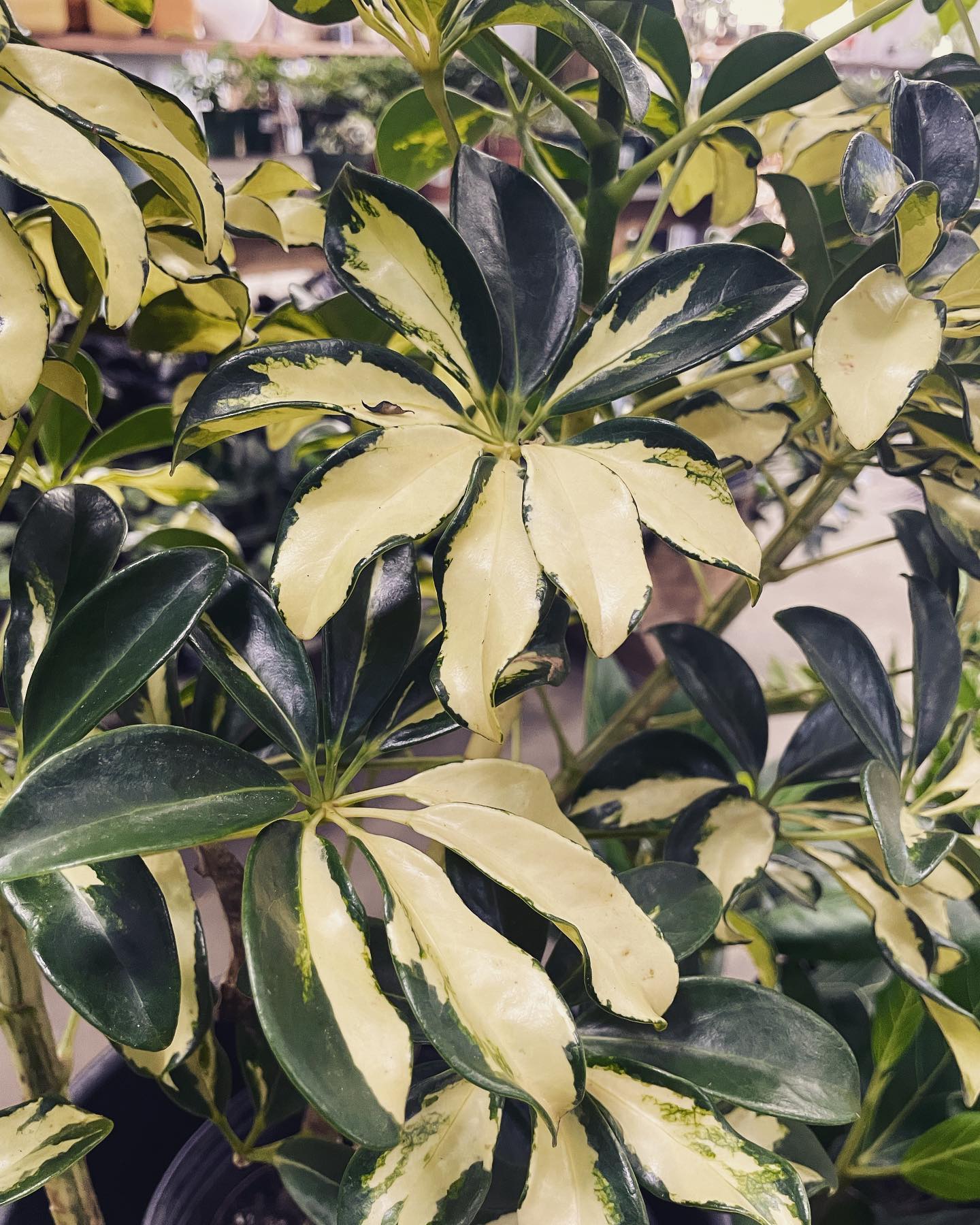
Variegated plants add a playful touch to any grouping. The striking patterns of a Variegated Rubber Plant combined with a Calathea can create a visually engaging display that captures attention and adds personality.
14. Water-loving Companions for Humidity Zones
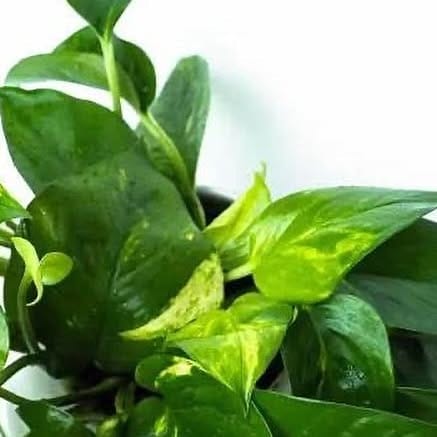
Create a lush, humid atmosphere with water-loving plants. Ferns and Peace Lilies thrive in high humidity, making them perfect companions near a water feature or in a bathroom. Their lush growth adds a refreshing touch to any space.
15. Symmetrical Arrangements for Balance

Achieve a sense of harmony by arranging plants symmetrically. Use matching pairs of plants on either side of a focal point, such as a fireplace or window. This balanced setup creates a polished and orderly look.
16. Pet-friendly Selections for Safety
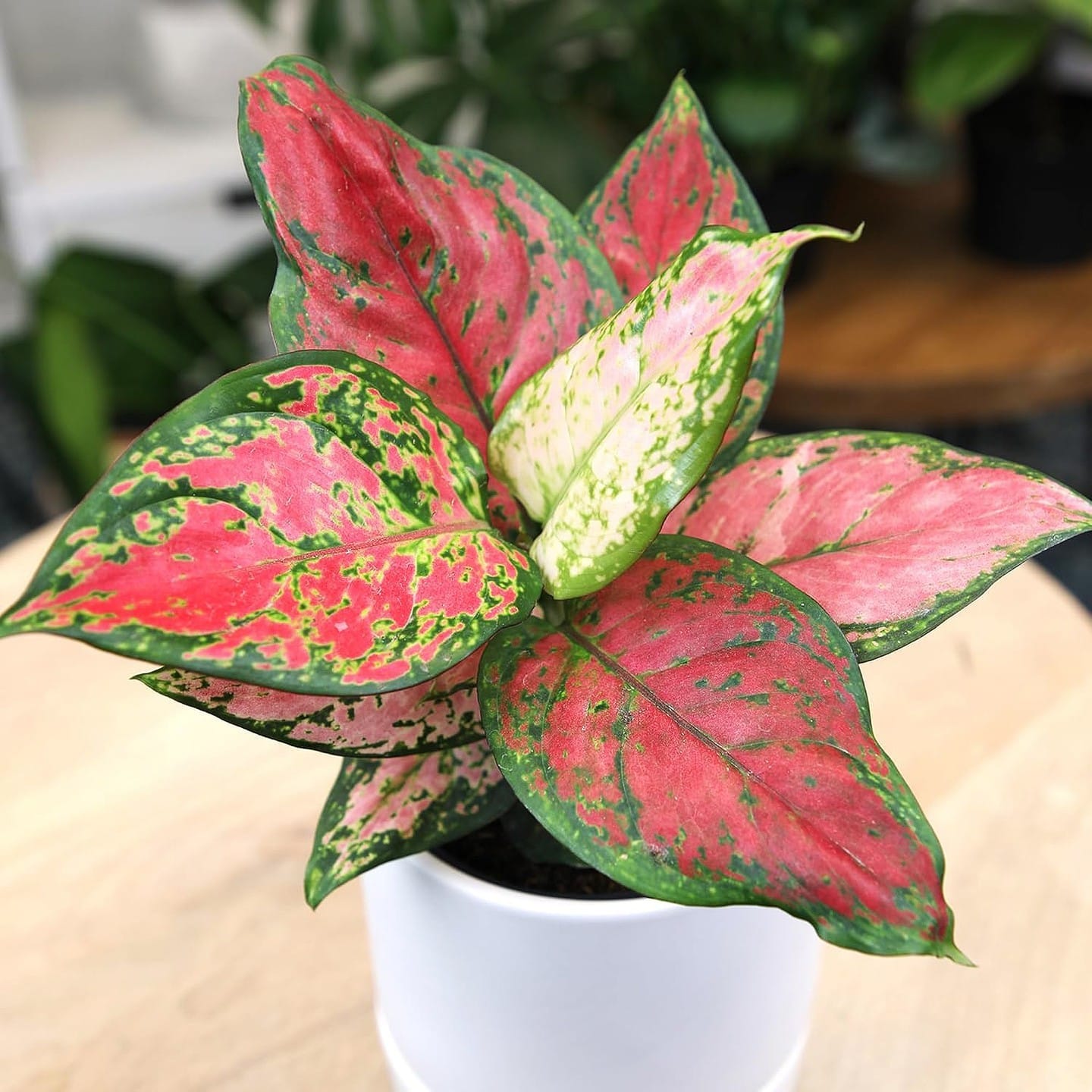
If you have pets, safety is key. Group pet-friendly plants like Spider Plants, Boston Ferns, and Areca Palms. These plants are non-toxic, ensuring your furry friends can roam safely without risk.
17. Terrarium Terrific for Small Spaces

Terrariums offer a creative way to display complementary foliage in small spaces. Fill a glass container with tiny plants and moss for a self-contained, low-maintenance mini-garden. This approach is ideal for desktops or small shelves.
18. Statement Planters for Added Style
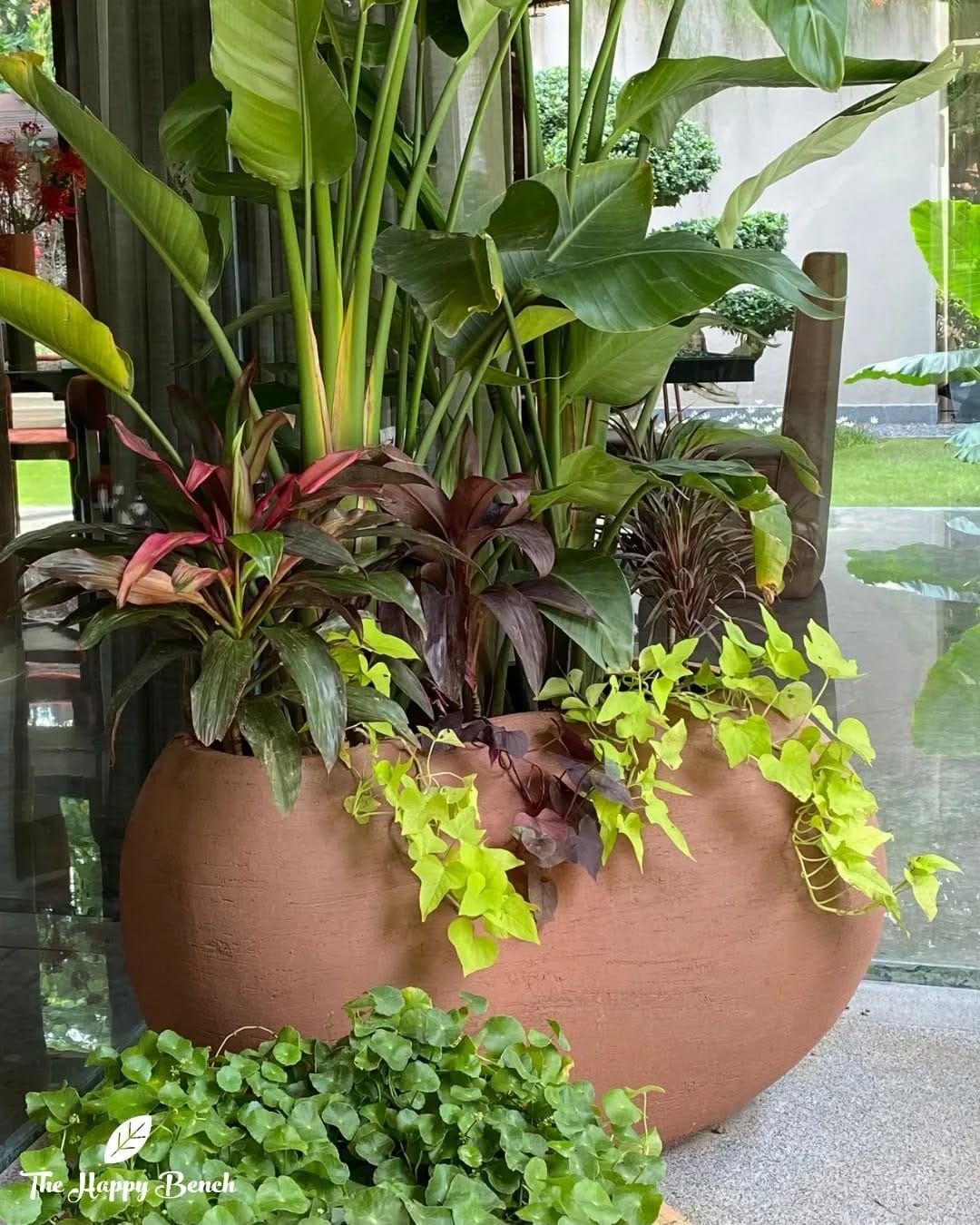
Enhance your foliage groupings by using statement planters. Bold, colorful ceramic pots can add an artistic touch and complement the natural beauty of the plants. Choose planters that reflect your style for a cohesive look.
19. Indoor-Outdoor Blends for Seamless Flow

Create a seamless flow between indoor and outdoor spaces by positioning plants near windows or patios. Use similar species inside and out to blur the lines and make your home feel more connected to nature.
20. Rustic Charm with Wooden Containers

Introduce rustic charm with wooden containers. Group plants in wooden crates or boxes for a natural, earthy vibe. This approach works well in country-style or farmhouse-inspired settings.
21. Geometric Arrangements for Modern Appeal
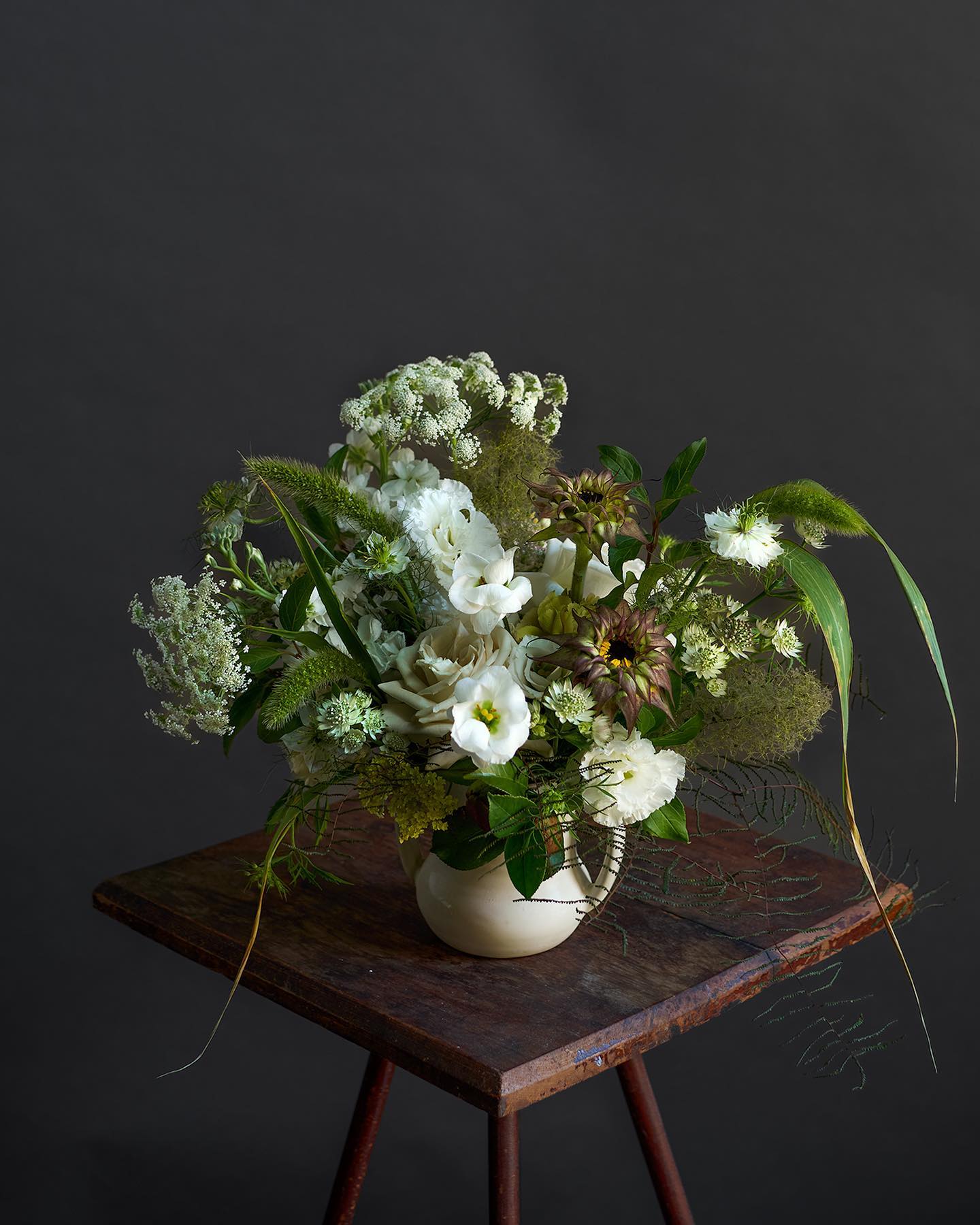
For a modern touch, arrange plants in a geometric pattern. Use shelving or stands to create structured, angular displays. This style is perfect for contemporary spaces looking for a sleek, organized appearance.
Final Thoughts
Complementary foliage grouping is a delightful way to enhance your space, creating an inviting and harmonious environment. Whether you opt for bold contrasts or subtle textures, the possibilities are endless. Start small and experiment with different combinations to find what resonates with your style. Remember, the goal is to create a space that feels both beautiful and balanced. Embrace the creativity and let your space bloom with the perfect plant pairings!
